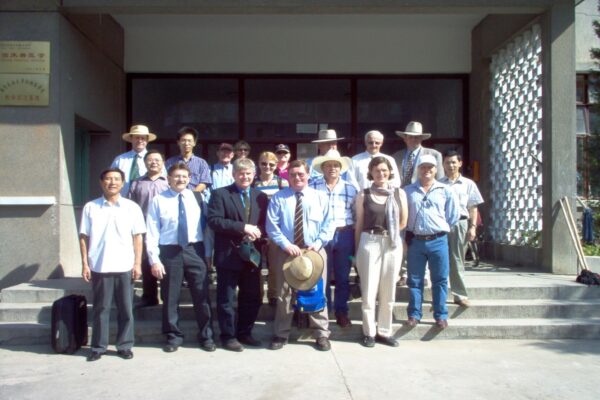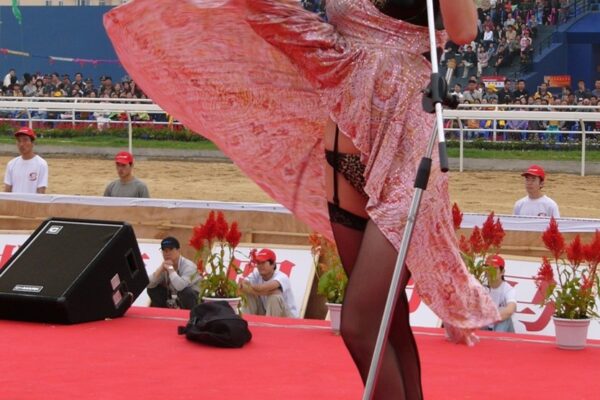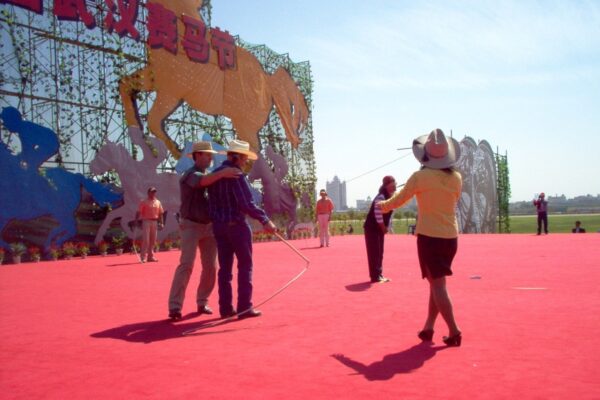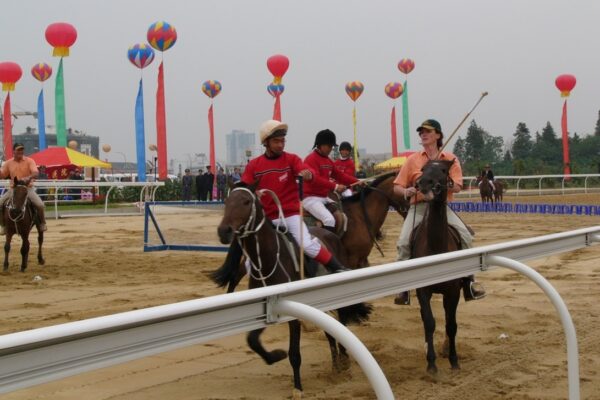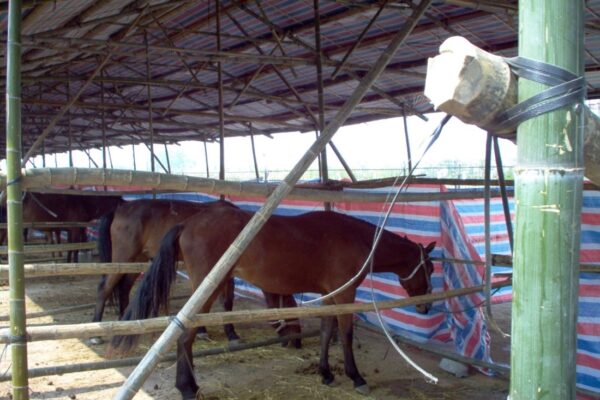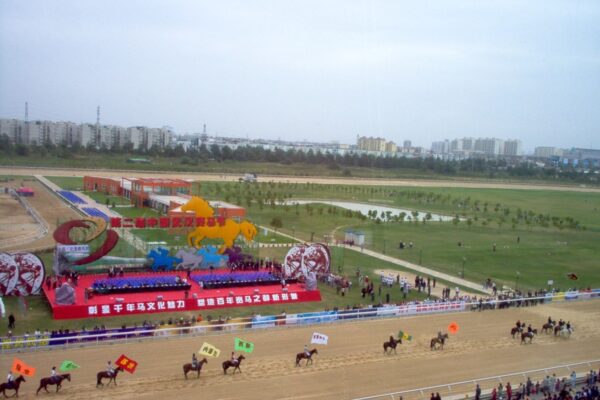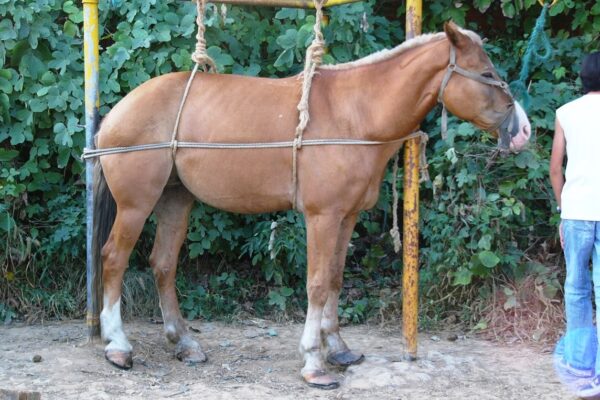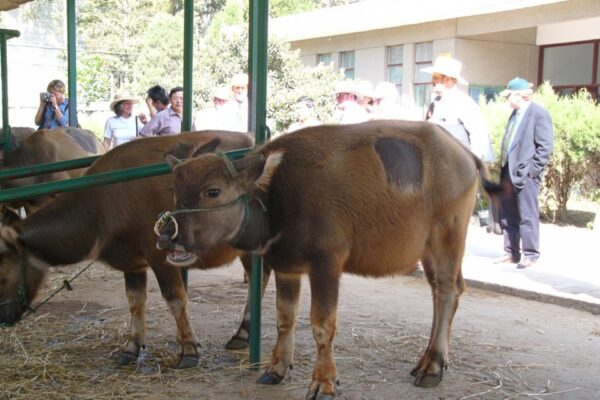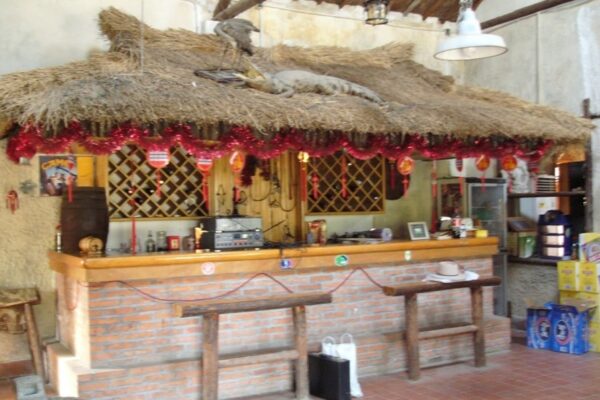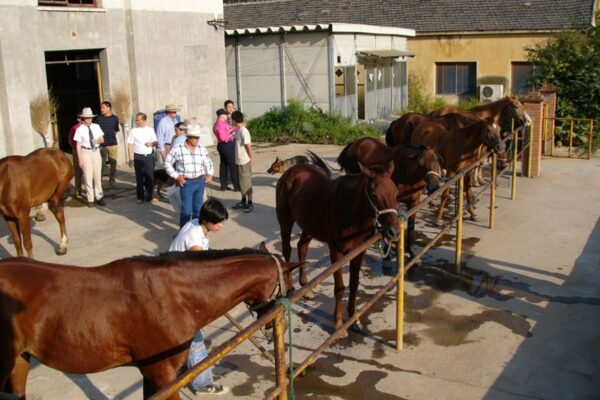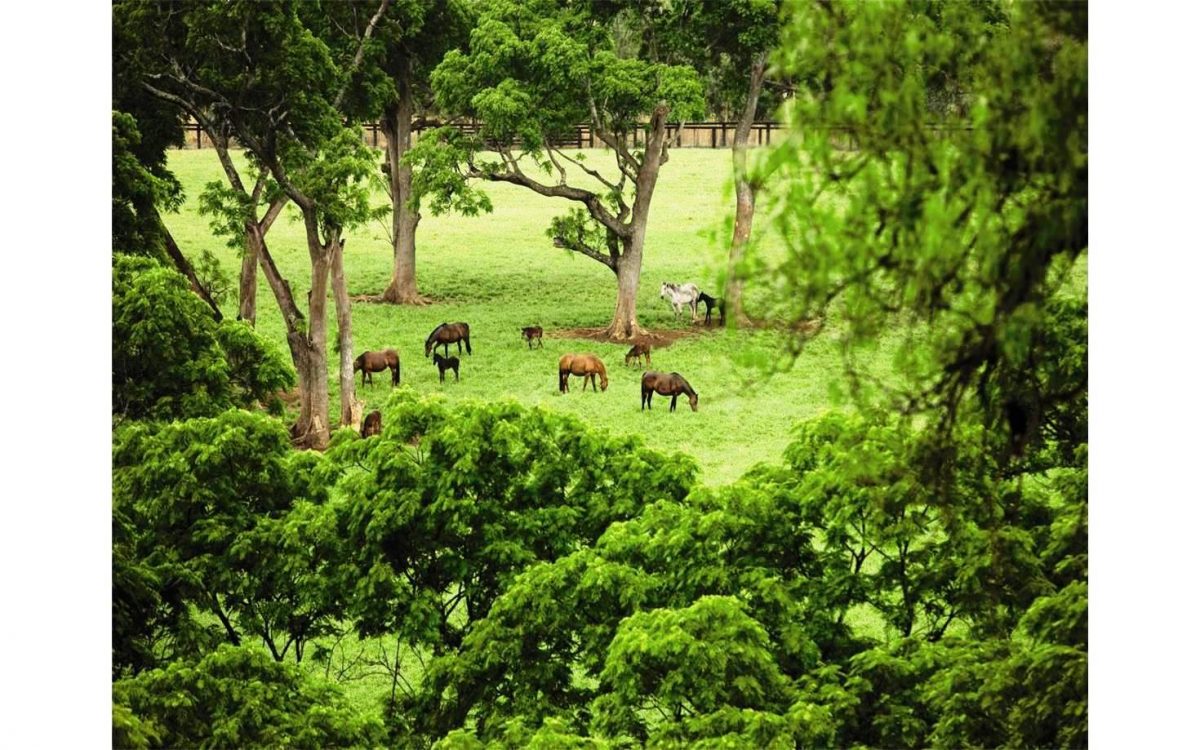Scone: Nursery of Champions
Remember you heard it here first. However both honour and honesty demand I admit the truth. It wasn’t my idea. The tribute and title belong to my spouse Sarah. We were sitting together in the Upper Hunter Council Chambers. On the menu for discussion was the future of Kelly Street post-bypass. This is called the Kelly Street Revitalisation Project Committee. I’m all in favour and have had some input. We are considering a Scone Horse Heritage Precinct encompassing the central commercial corridor of our conurbation. It was a spontaneous and inspired instant of epiphany for Sarah. Scone: Nursery of Champions. That’s it I thought! We don’t always agree on sudden impulses!
It’s all about branding I suppose? At least that’s the message I dragged with me from the 20th century. Now I have to justify the claim. If we are talking horses and thoroughbreds in particular (which we are) then the august assertion is a given. I would say that wouldn’t I? A further mantra is to focus on what we have now as an advantage. I like it almost as much.
Here are some examples of what ‘we have now as an advantage’. Since 1900 the champion thoroughbred stallion has been based in the Upper Hunter on 73 occasions on 8 – 10 special studs. The multiple title winning stallions include Lochiel (4), Grafton (4), Maltster (5), Linacre (2), Valais (5), Magpie (2), Heroic (7), Midstream (3), Delville Wood (5), Star Kingdom (5), Bletchingly (3), Marscay (2), Danehill (9), Redoute’s Choice (3) Fastnet Rock (2) and Snitzel (2). Widden (9/24), Tarwyn Park (1/7), Kia Ora (3/10), St Aubins (2/5), Baramul (1/5), Arrowfield (5/10*), Darley (3/3) and Coolmore (3/10*) are the stand-out host studs. (Number of Champion Stallions/Number of Championships * = Shared Title ‘Danehill’). These statistics firmly establish the Upper Hunter Valley as Australia’s principal thoroughbred breeding nursery with Scone at its apex. About half the thoroughbred foals born every year in Australia are both conceived and delivered in the Upper Hunter Valley.
To add grist to the mill here’s a list of some of the best thoroughbreds to grace the Australian Turf with strong allegiance to the Upper Hunter Valley:
Cornucopia List of Hunter Valley Thoroughbreds
Abercorn, Ajax, Amounis, Artilleryman, Baguette, Beaches, Biplane, Biscay, Black Onyx, Blazing Saddles, Bletchingly, Canny Lad, Carioca, Cetigne, Chatham, Chester*, Columnist, Crewman, Dark Eclipse, Dark Jewel, Delta, Duke Foote, Duke of Athol, Greenstead, Emancipation, Eskimo Prince,, Eurythmic, Evening Peel, Faringdon, Fine and Dandy, Flight, Flying Spur, Freckles, Gunsynd, Hall Mark, Hector, Heroic, Hydrogen, Inspired, Jane Hero, Jorrocks, Kaoru Star, Kennaquhair, King Apollo, Kingster, Kingston Town, Lanius, Linacre, Lonhro, Lord Cardigan, Lord Dudley, Lord Nolan, Luskin Star
Maltster, Manfred, Marceau, Marscay, Miss Finland, Mooltan, Murray Stream, Nebo Road, Noholme, Nuffield, Osmunda, Peter Pan, Piastre, Planet Kingdom, Poitrel, Poseidon, Positano, Prince Foote, Rajah, Red God, Redoute’s Choice, Rogilla , Royal Sovereign, Sabah, Sailor’s Guide, Shannon, Shifnal, Sky High, Skyline, Snitzel, Star of Heaven, Subzero, Sunset Hue, Tattenham, The Buzzard, Time and Tide, Todmaid, Todman, Todwana, Trafalgar, Vain, Valicare, Wallace, Wiggle, Winx, Windbag, Zephyr Bay.
Not to be outdone the largest horse breed society in the nation, the Australian Stock Horse Society has established its headquarters in Scone since inception in 1971 and built its enviable reputation on the early foundations. On the human resources front Peter Snowdon and Toby Edmonds haven’t done too badly as thoroughbred trainers?
Dr Google has just informed me the Bendigo Jockey Club (BJC) has used the tagline ‘Bendigo – Nursery of Champions’ for some time? See: https://www.racing.com/news/2012-03-14/nursery-of-champions It’s an impressive list of first-time winners at the Victorian Provincial Course. My good mate and fellow professional John Brown used to be President of the BJC. How dare you steal my thunder John! I’ll settle for sharing.
Mayor’s Speech Upper Hunter Shire Council
Melbourne Cup 150th Anniversary Tour
15th October 2010
See also ‘Colloquium of Cups’ on this website
Welcome to Victoria Racing Board director Mrs Amanda Elliott, VRC Ambassador Mr Des Gleeson, accompanying Melbourne Cup personnel, Sponsors, Councillors, and members of the UHSC community.
The Melbourne Cup is the race that stops the nation and in 2010 the famous race celebrates its 150th Anniversary. Scone has embraced the spirit of this anniversary tour and has played host to a wide range of related activities this week. These activities have included: a race fanfare musical playoff and national anthem singing competition local schools, an open day at Invermien Stud, and a ‘Track Truths’ session yesterday which saw ABC reporter Mike Pritchard interview local Melbourne Cup personality Greg Bennett. In addition to the public being able to view 4 Melbourne Cups today plus a range of racing memorabilia, the 18-carat gold Cup travelled to Scott Memorial Hospital and Strathearn Village Aged Care Facility where we enjoyed a parade of race day hats made by Scone Pre-School Children. The Cup will travel out to historic Belltrees Primary School were Ellerston and Rouchel students will join Belltrees Primary School to be a part of today’s celebrations and view the Melbourne Cup and this evening, the Scone & Upper Hunter Horse Festival Committee will plays host to the 150th Melbourne Cup at a ‘Melbourne Cup’ Trivia Night at the Linga Longa at Gundy. As they say … ‘It’s all happening!’
The Melbourne Cup Tour is part of the Victoria Racing Club’s commitment to share ‘The People’s Race’ with everyday Australians. On behalf of the Upper Hunter Shire Council – and the Scone community in particular – I wish to thank the VRC for making today’s visit by the 150th Anniversary Melbourne Cup possible.
You cannot refer to the Melbourne Cup and not think of Scone. For some 150 years Australia’s Thoroughbred Breeding operations have been concentrated in the Hunter Valley. Our picturesque and fertile soils provide:
- 50% of all Australian thoroughbred foals born each year
- 71.6% of yearlings sold at Australian yearling sales,
- 75% of Australian stallion service fees, and
- Substantial employment in the region.
The size of the local thoroughbred industry has seen the Upper Hunter internationally recognized as the world’s second largest thoroughbred breeding nursery. Fittingly perhaps – and not just because of its thoroughbred population – Scone is well known as the Horse Capital of Australia and is, as a result, an iconic destination when it comes to exploring the names of so many people and horses who have woven their stories through the rich tapestry of the Melbourne Cup’s 150 year history
To touch on the sheer number of local people involved with many a Melbourne Cup horse or history lesson would be to open the cover on one of the largest racing encyclopaedias ever written. Instead I will mention just a few of the Melbourne Cup related human and equine names that call and have called this district home.
Our town’s connections with the Melbourne Cup go all the way back to the start of the race: Dr Judy White of the famous Belltrees property reports that her family bred and raced Archer who, for over a century was one of only two horses who won the Melbourne Cup twice – in 1861 and 1862.
Scone’s link to the Melbourne Cup comes full circle with the Scone born 2009 winner being a horse called Shocking who will start one of the favoured runners in 2010 as well. Shocking was bred by local stud Ilala which is owned and managed by George and Felicity Fraser.
What of the horses of the interim years?
Stand on Scone racetrack on any given morning and amongst the morning mist you will spot the man who broke in and pre-trained the Champion mare and 3-time Melbourne Cup winner Makybe Diva – Greg Bennett. Another well-known trainer is Betty Shepherd – one of this country’s first licensed female trainers. Betty prepared ‘Trevors’ for the Caulfield and Melbourne Cups in 1966.
I mentioned Makybe Diva – a mare who became a household name after her extraordinary feats in this famous race. This mighty mare and her 2010 foal reside just up the road from here at Segenhoe Stud. Segenhoe’s name comes up again as the breeder of Maybe Better who ran third to the Japanese raiders a few of years ago. Middlebrook Valley Lodge was responsible for breeding Intergaze. Intergaze’s dam – Amarula – died this year but there are a number of female descendants from this family still resident at the farm.
Other local winners include the Wakefield Stud bred Subzero who, upon retirement from racing, was employed as the clerk of the course’s horse by Racing Victoria’s long-time Clerk, Graham Salisbury, and has made numerous appearances on television, at charity functions, and at schools.
The 150th Anniversary of the Cup – like every running of the Cup before it – will have a distinctly Scone flavour courtesy of the birth place of a number of the race’s runners. Some of these horses will have ties to more than just a Scone farm – I speak here of a group of local coal miners and racehorse owners including our very own Councillor Carter’s husband – who will be cheering on their horse Zabrasive should he make the final field.
Arrowfield Stud, Bellerive, Widden, Kia Ora and a number of other well-known local properties have played their hand in standing the sires, breeding the foals, owning or agisting the dams of Melbourne Cup starters. Perhaps not surprisingly there is also no shortage of famous equine graves on all number of properties; one that comes to mind is 1940 Cup winner Old Rowley who is buried at Merriwa.
What of the riders? Local resident Keith Banks – described at the time as Sydney’s most competent lightweight jockey – rode in 2 Melbourne Cups in 1964 and 1971 respectively. Keith is father-in-law of Scone Race Club Curator Reto Cadalbert whose family runs Rosehill Lodge on the New England Highway. Hilton Cope – the former owner of Darley’s base at Kelvinside in Aberdeen – rode in the 1966 Cup whilst Wayne Harris rode in 4 Cups and won in 1994 riding Jeune.
You’ll trip over a Melbourne Cup or two heading out to dinner at a number of Scone homesteads. The Cups for the 1920 winner Poitrel, 1948 winner Rimfire , 1956 winner Evening Peel and 1987 winner Kensei compile that local collection – some of these cups being on display today alongside the 150th Anniversary Melbourne Cup.
The owners of these Cups are people you will cross paths with on any given day at the newsagent or at a local meeting – Russ Lazarus (who raced Kensei) and Bill Moses (whose family raced Poitrel) have generously supported today’s events by allowing their Melbourne Cups to be on display. I should mention that when the first Melbourne Cup Committee meeting was held to discuss today’s events Russ arrived with a bulky pillow case that no one thought to ask after the contents of. There was more than one exclamation of surprise when mid-meeting he suddenly opened it to reveal the prized trophy itself!
It would be fair to say that horses and horse racing are in our blood in Scone. No other town in Australia can claim a connection with the horse the way we can and in 2011 the Scone Race Club will host an inaugural ‘stand alone’ Saturday meeting in addition to the traditional Scone Cup remaining on the Friday with total prizemoney for that day alone at around $600,000. Like the Melbourne Cup, Scone Cup belongs to the people and we are delighted to see this town’s racing heritage elevated to the national level.
We hope you enjoy today’s opportunity to see the Melbourne Cup, and once again I wish to thank the VRC and our sponsors for making this visit possible. I hope you will enjoy a piece of racing history by joining us today … and all the best for your ticket in the sweep come the first Tuesday in November!
